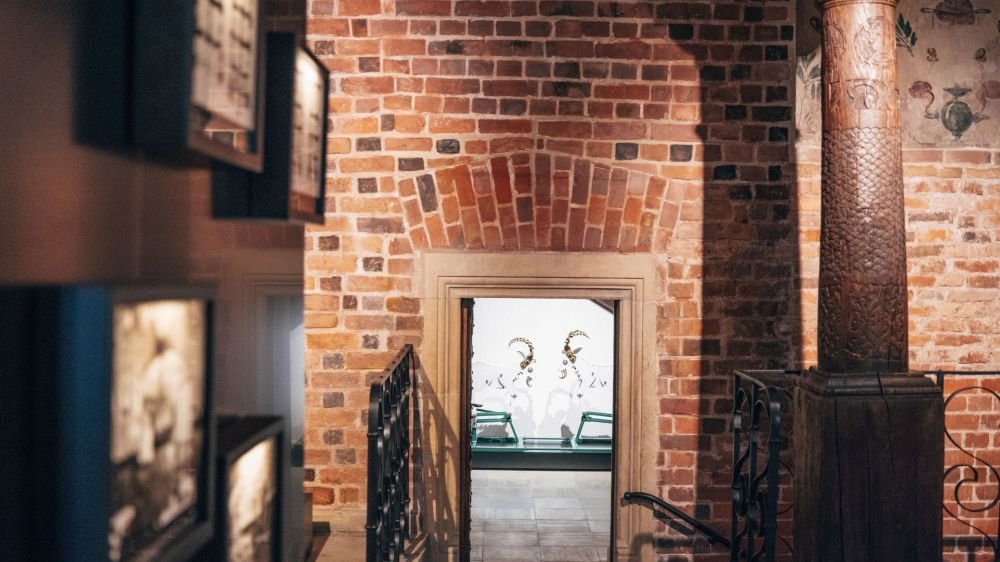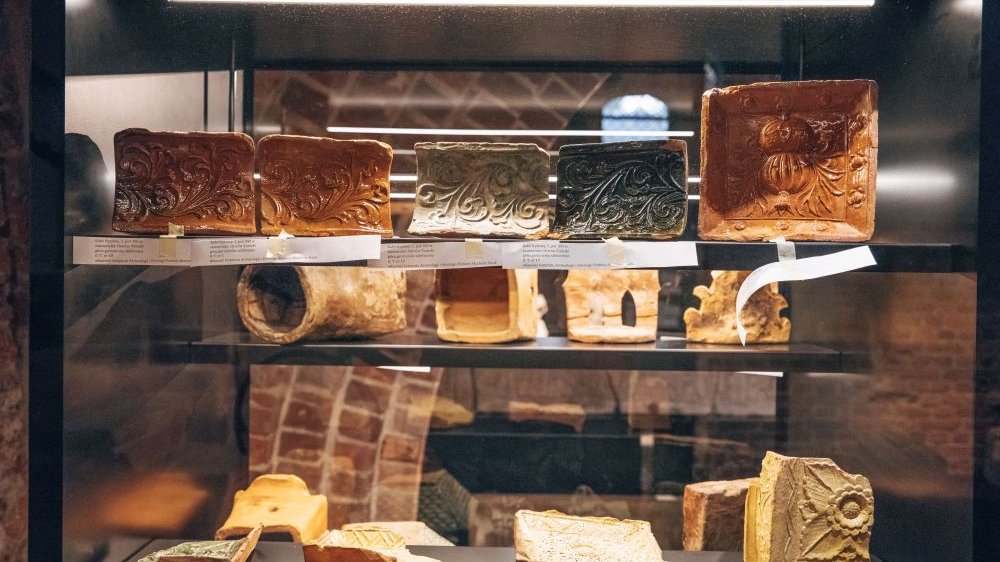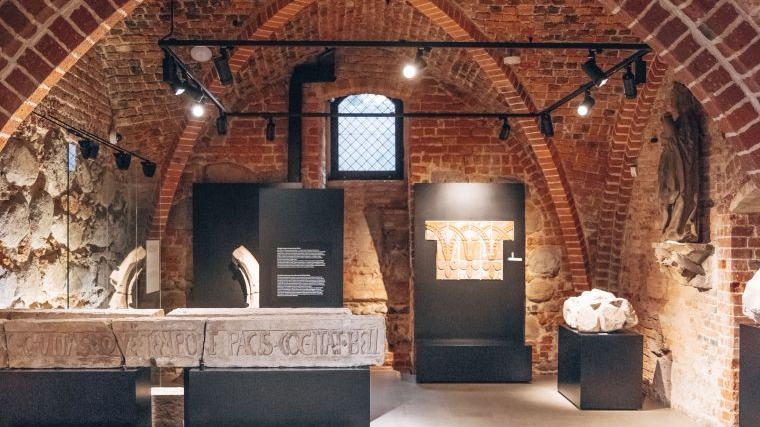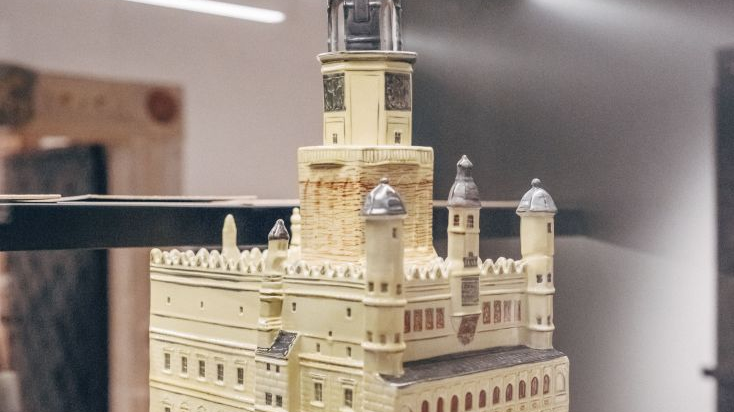The Town Hall Museum of Poznań History
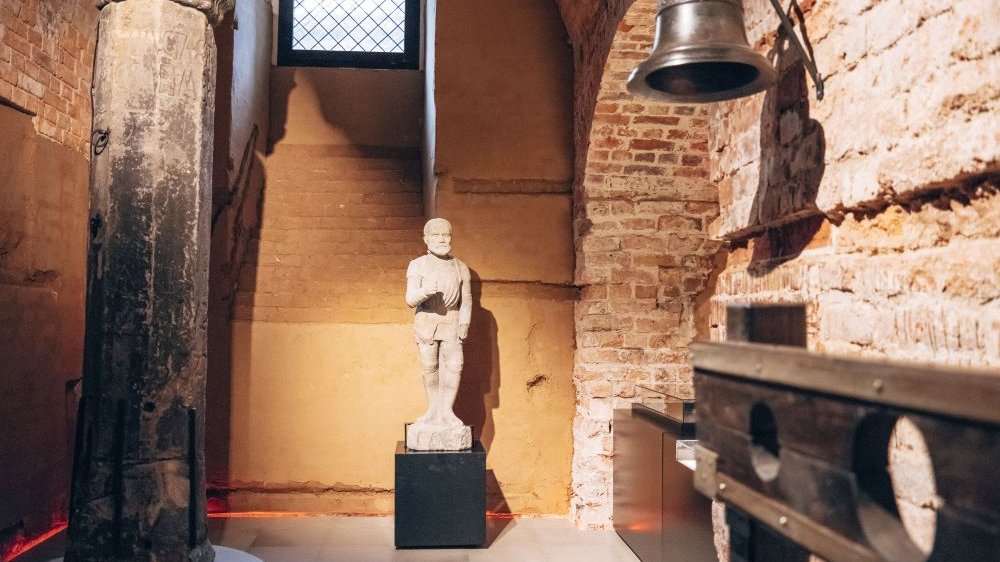
Situated right in the middle of the Old Market Square, the Town Hall has historically served as a seat of the city authorities, witnessing countless pivotal moments in the city's life. It is where rulers were received, ceremonies unfolded, victories were celebrated, honours bestowed, and unions in marriage solemnised. While it may no longer house the city government, its significance to Poznań remains undiminished, making it an absolute must-see destination.
The brick-and-mortar headquarters of Poznań's authorities date back to 1300-1306, as evidenced by a mention of domus consulum, or council house, in 1310. In its first iteration, it was a small, one-story building on a nearly square plan measuring 17.8 x 15.6 metres. However, over the ensuing centuries, it underwent numerous modifications, as it was repeatedly raised and lowered, demolished, and reconstructed. It was not spared fires, wars, and other disasters. It endured a lightning strike, severe winds that toppled its tower, and even flooding in its cellars.
In the mid-16th century, a significant reconstruction in Renaissance style took place. The renowned Italian architect Giovanni Baptista Quadro from Lugano was tasked with the design. Quadro not only heightened the structure but also extended it westward by "19 cubits" or 11 metres, "towards the Scale". The majority of the works overseen by Quadro were completed by 1560.
Attributed to this period is the magnificent east façade featuring a stunning three-story arcaded loggia with three steeples atop. The central steeple houses a clock with a small metal door beneath it. In the 16th century, as part of the town hall's reconstruction, Master Bartłomiej Wolff from Gubin was tasked with building a "whimsical contraption", now famously known as Poznań's iconic billy goats. To this day, at the strike of noon, the door swings open allowing two goats to wheel out onto a platform and butt heads twelve times.
From 1954 onward, the town hall became home to the Poznań History Museum renamed the Town Hall Museum of Poznań History in 2020. In October 2019, the museum embarked on a long-awaited renovation project focusing on the oldest and lowest floors of the building. These renovations coincided with a large-scale reconstruction of the entire Old Market Square. Come early March, the town hall will again welcome visitors.
The public will have access to the Gothic cellars and the newly refurbished ground floor, which will host the new Poznań before Quadro exhibition showcasing the city's history from the 10th to the mid-16th century. Visitors can delve into such topics as the city's coat of arms, the patron saints Peter and Paul, and the history of the town hall itself. Much historical insight can be gleaned from the oldest artifacts and the architecture itself. The successive alterations are plain to see on the building's walls. The cross-ribbed vault in the cellars is a keystone holding the coat of arms of the Przemyslids, along with an inscription indicating the commencement date of construction (circa 1300).
On the refurbished ground floor, visitors can explore the courtroom. Through a small window there, they can peek at the torture chamber where convicts were held and punished. Inside, you will find grim reminders of the past, including executioner's tools and the original medieval pillory where offenders faced public humiliation. Historical records reveal that during the 16th century, 35 criminals had their ears chopped off at this very pillory!
"The upper floors tell the tale from the Quadro's arrival in Poznań to 1954, when the town hall transitioned from the headquarters of city authorities to museum status", remarks Magdalena Mrugalska-Banaszak, Manager of the Poznań Museum. This area serves as storage for a portion of the museum's collection. From among its 40,000 items, the museum has selected those that best represent pivotal stages and moments in the city's history, ranging from the removal of a communist red star from the top of the Citadel obelisk, to everyday household items, articles of clothing, everyday items, artwork, and documents. Notably, the mechanical goats that clashed atop the town hall tower from 1911 to 1992 are also held there.
The first opportunity to see the renovated town hall interiors after many years will come during the opening weekend of 1st to 3rd March. The town hall doors will be open to the public from 6 p.m. to 10 p.m. on Friday, 1 March, from 12 p.m. to 8 p.m. on Saturday, and from 10 a.m. to 8 p.m. on Sunday.
Szymon Mazur
translation: Krzysztof Kotkowski
Opening weekend at the Town Hall Museum of Poznań History, 1-3 March, free admission
© Wydawnictwo Miejskie Posnania 2024
See more

From One Celebration to Another

Christmas Markets and Fairs with Attractions

Truly Festive Vibes


